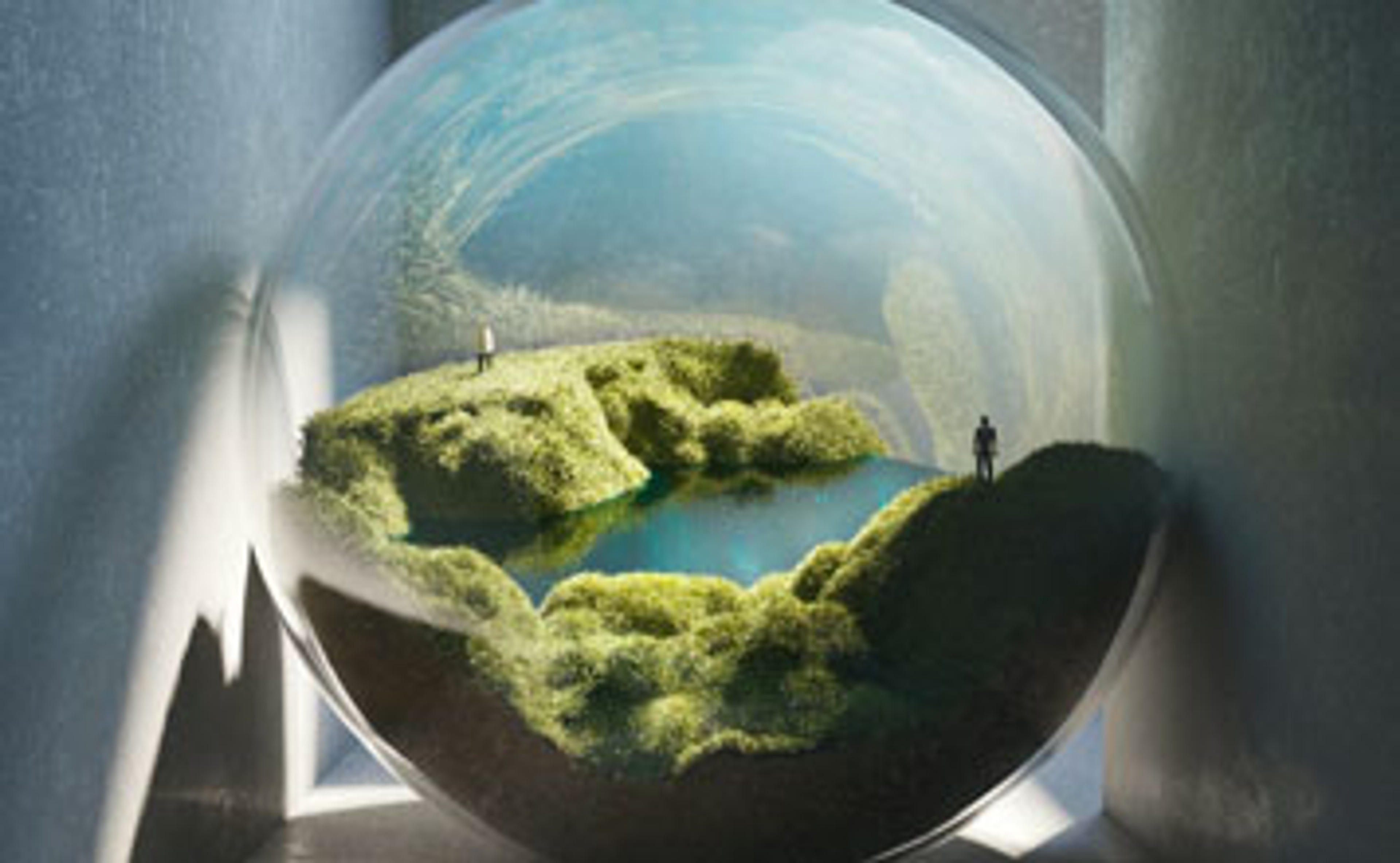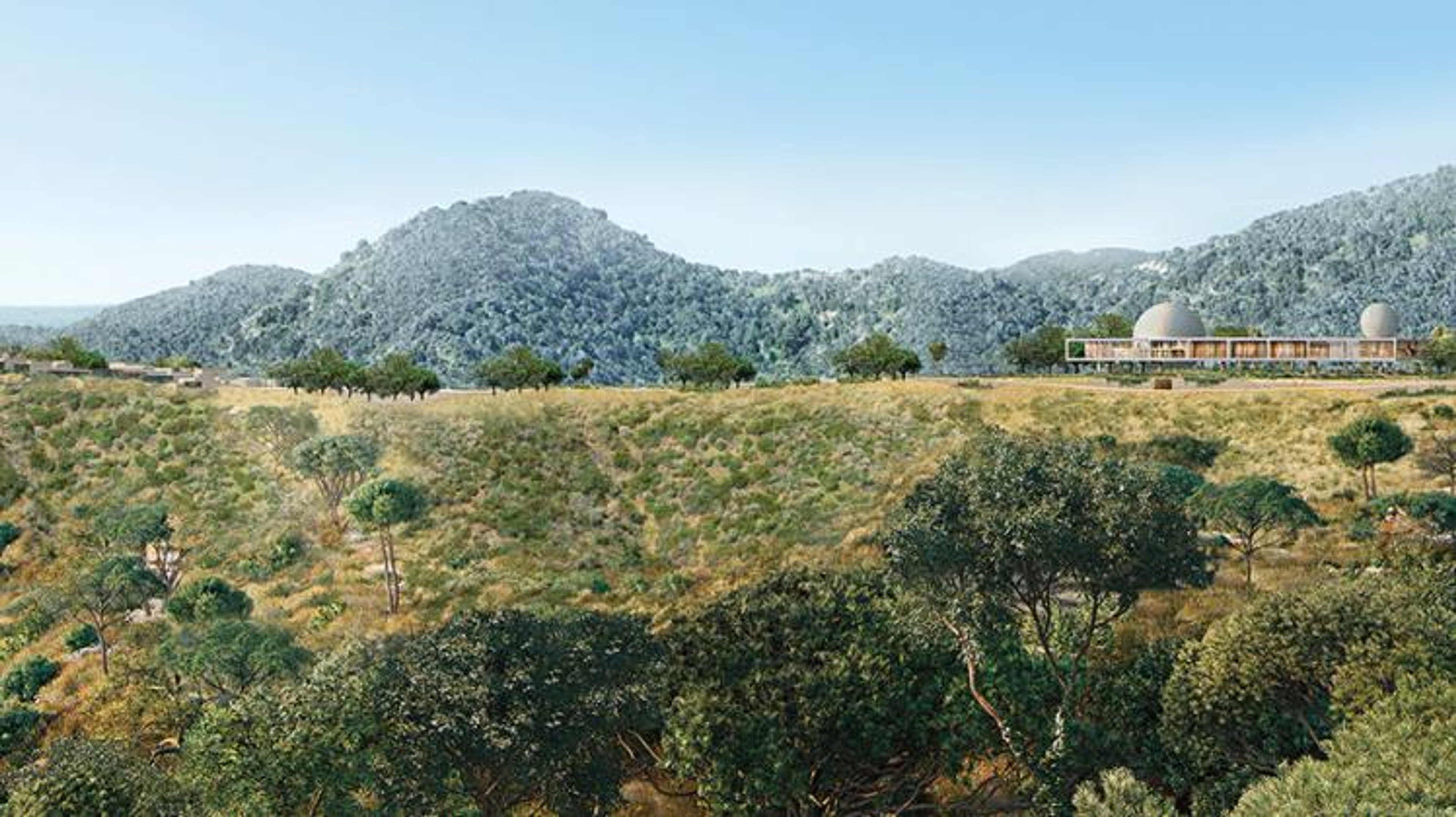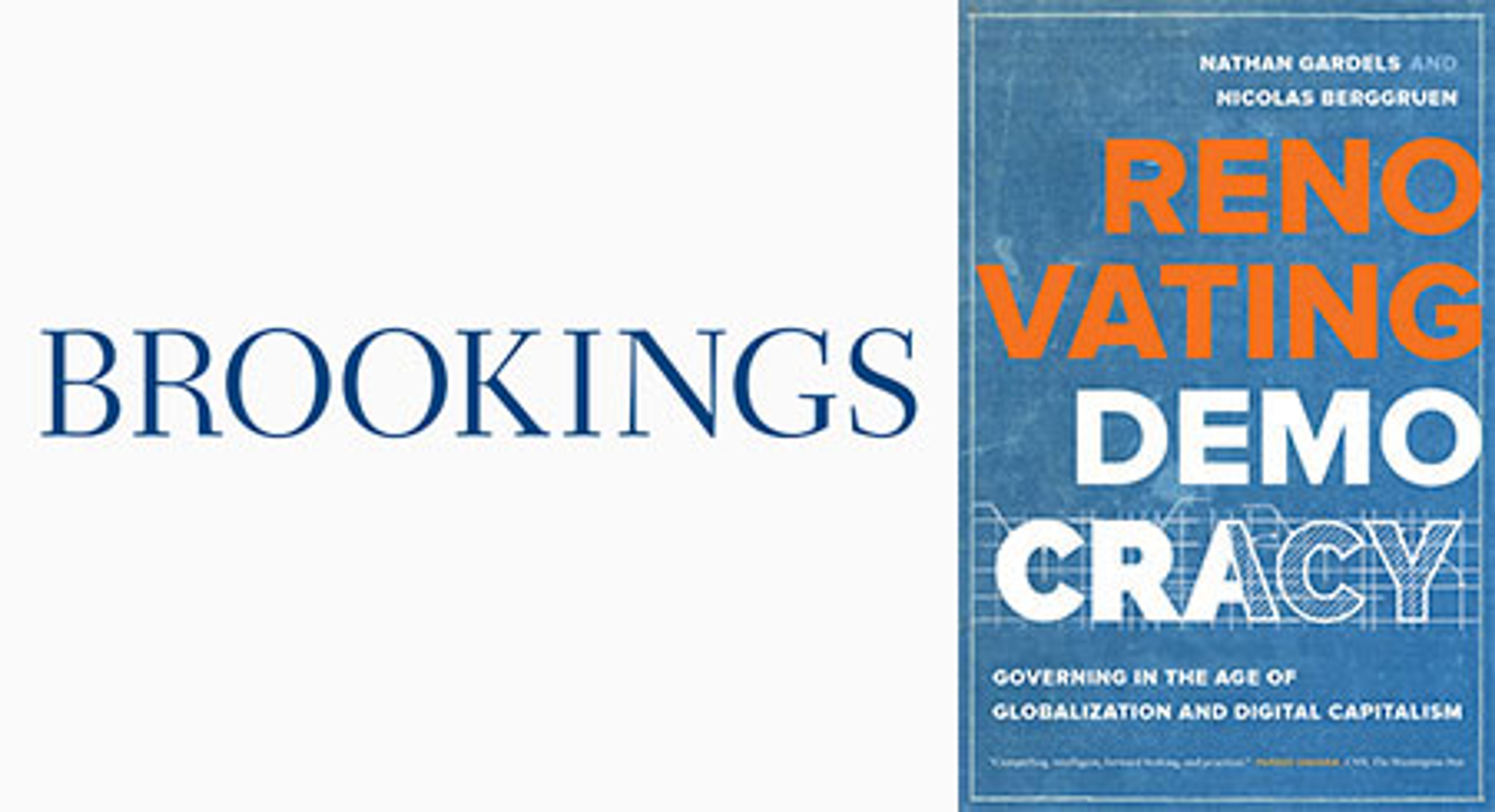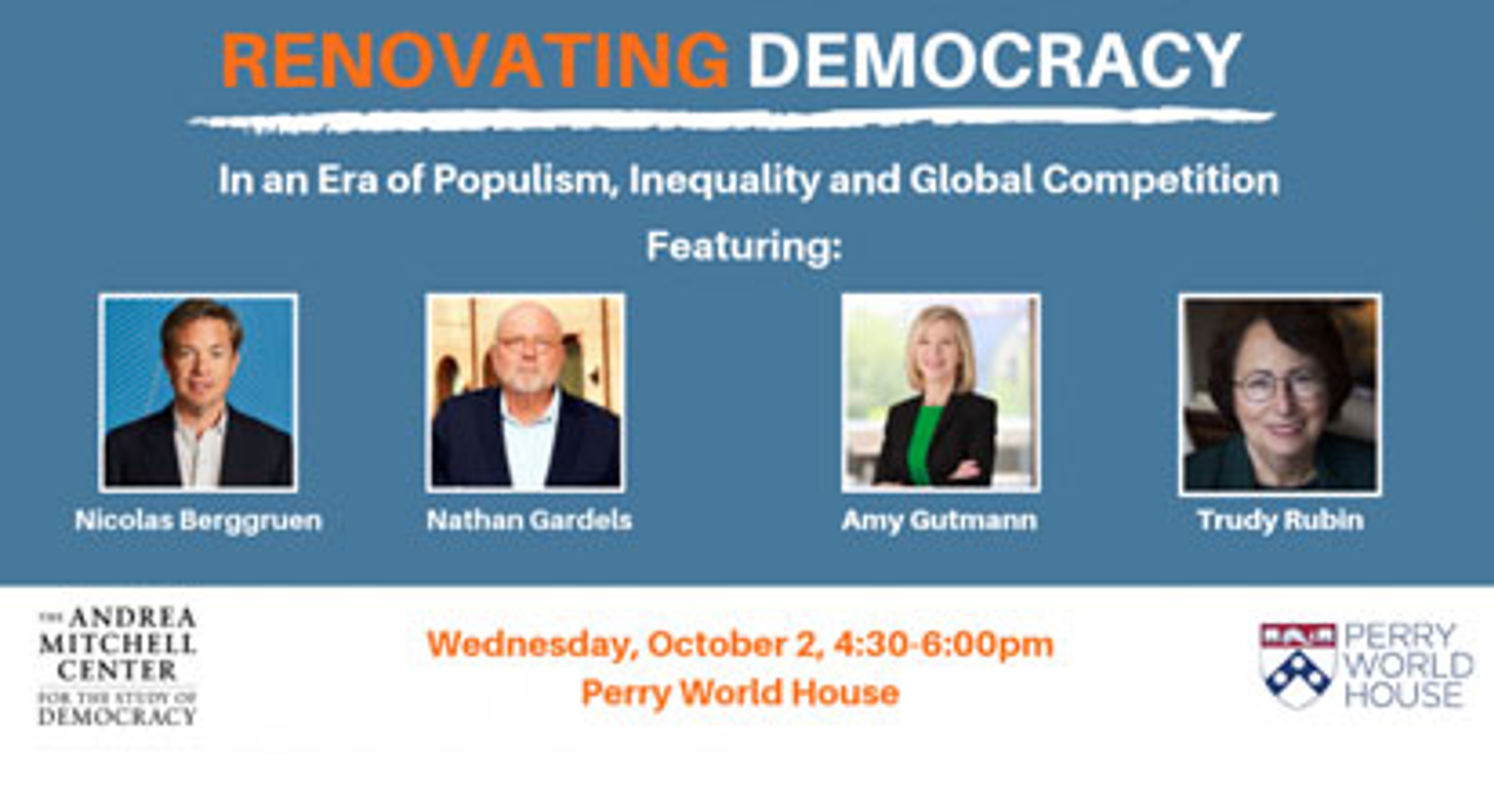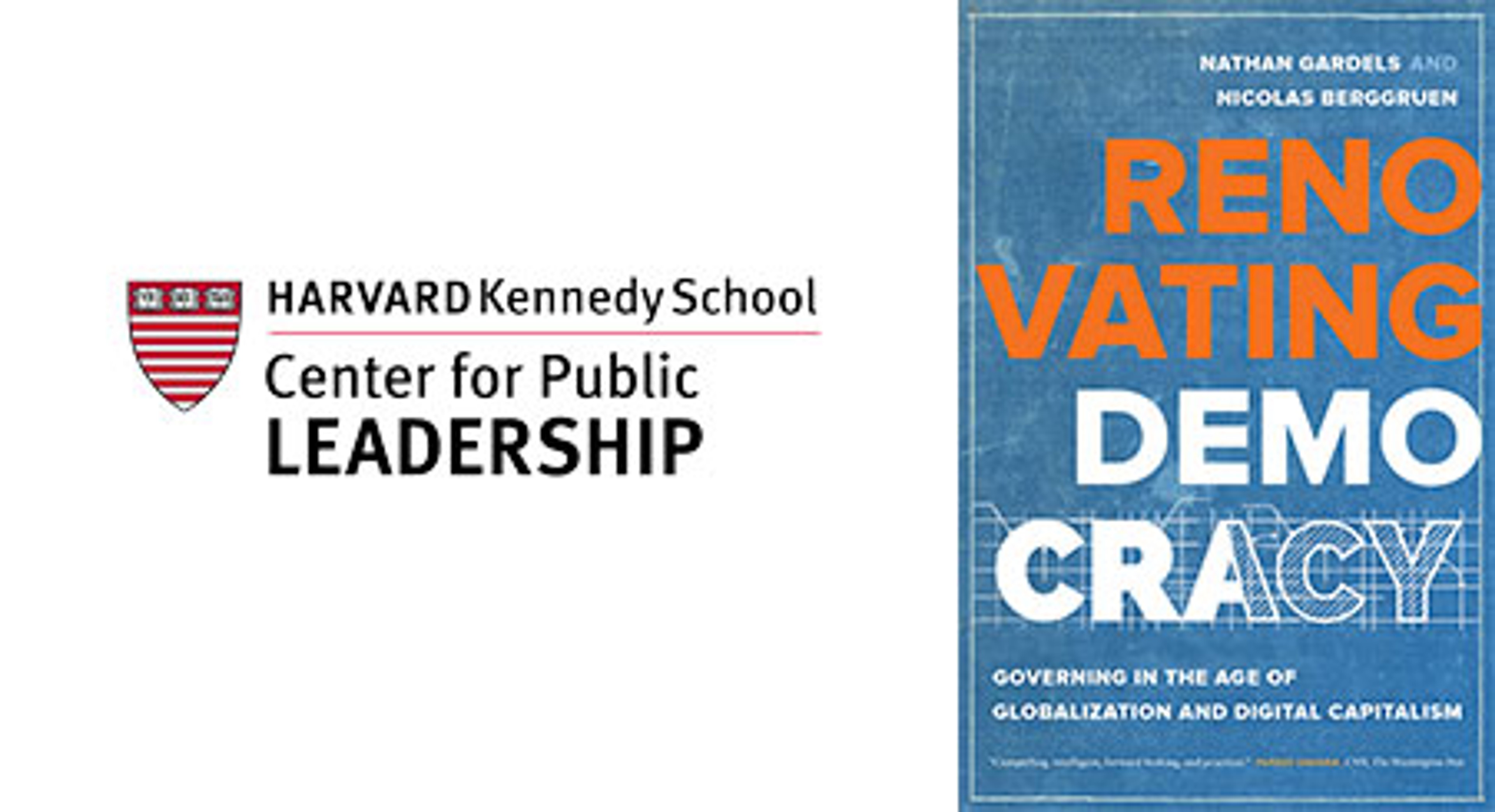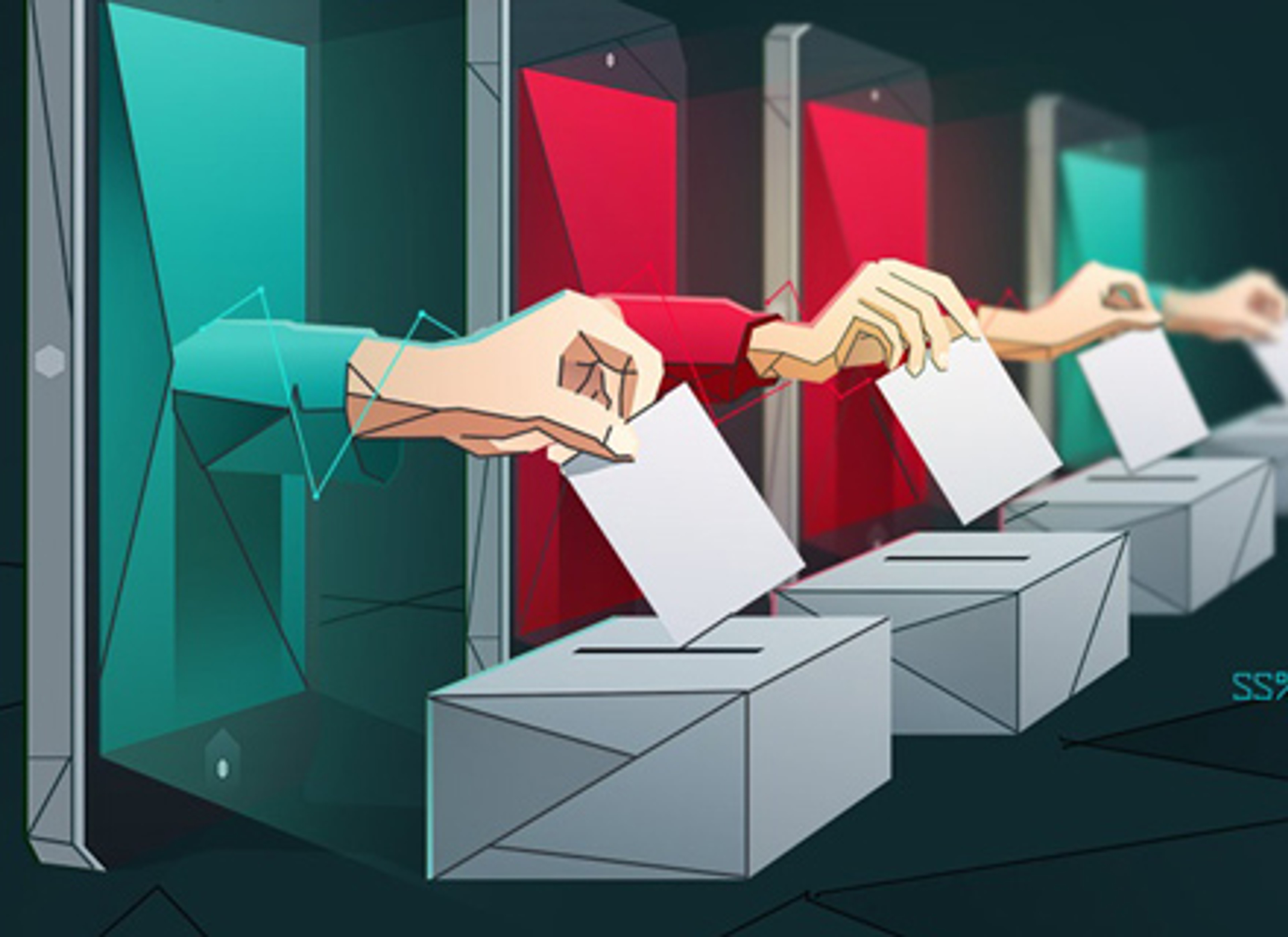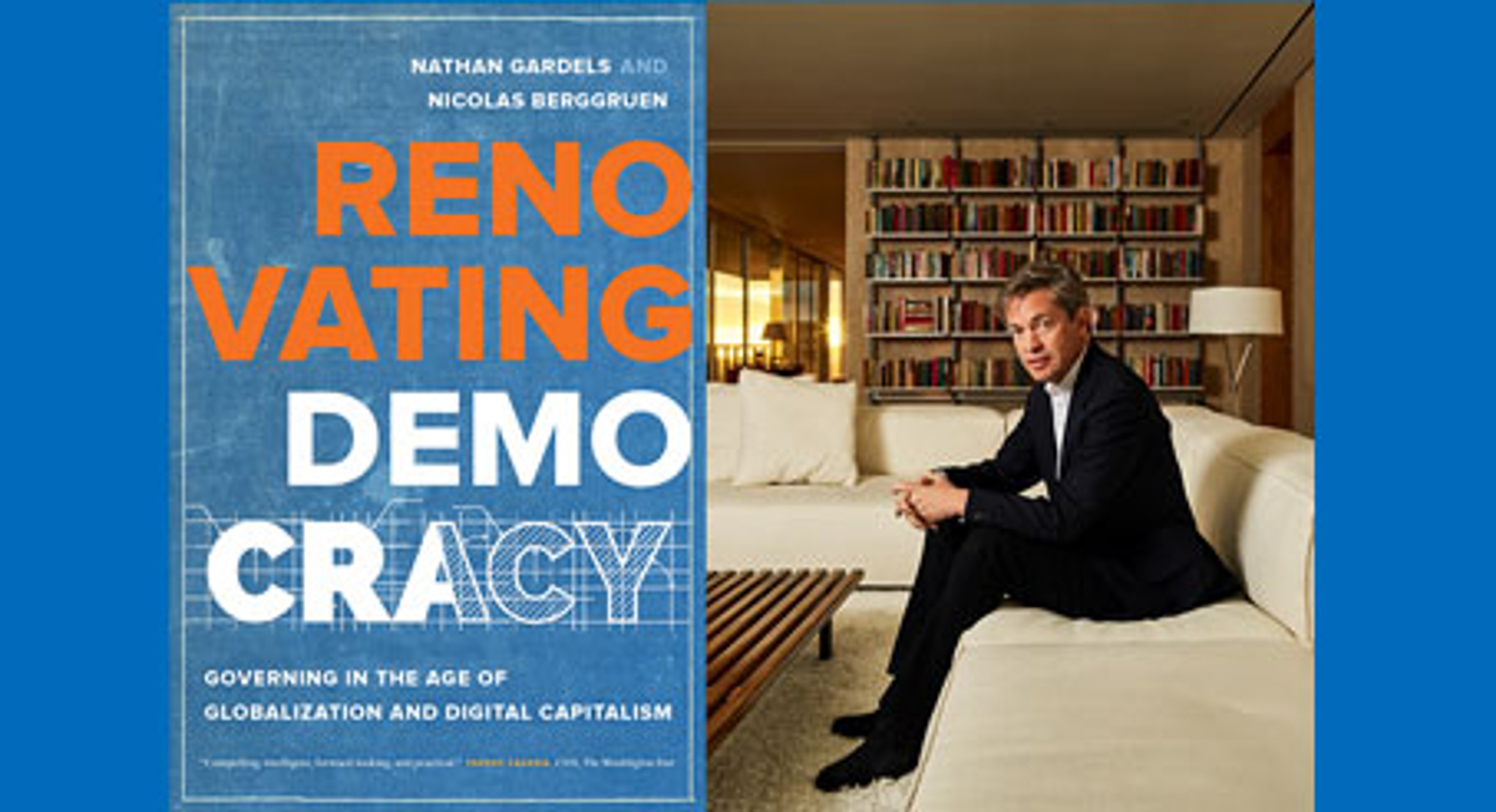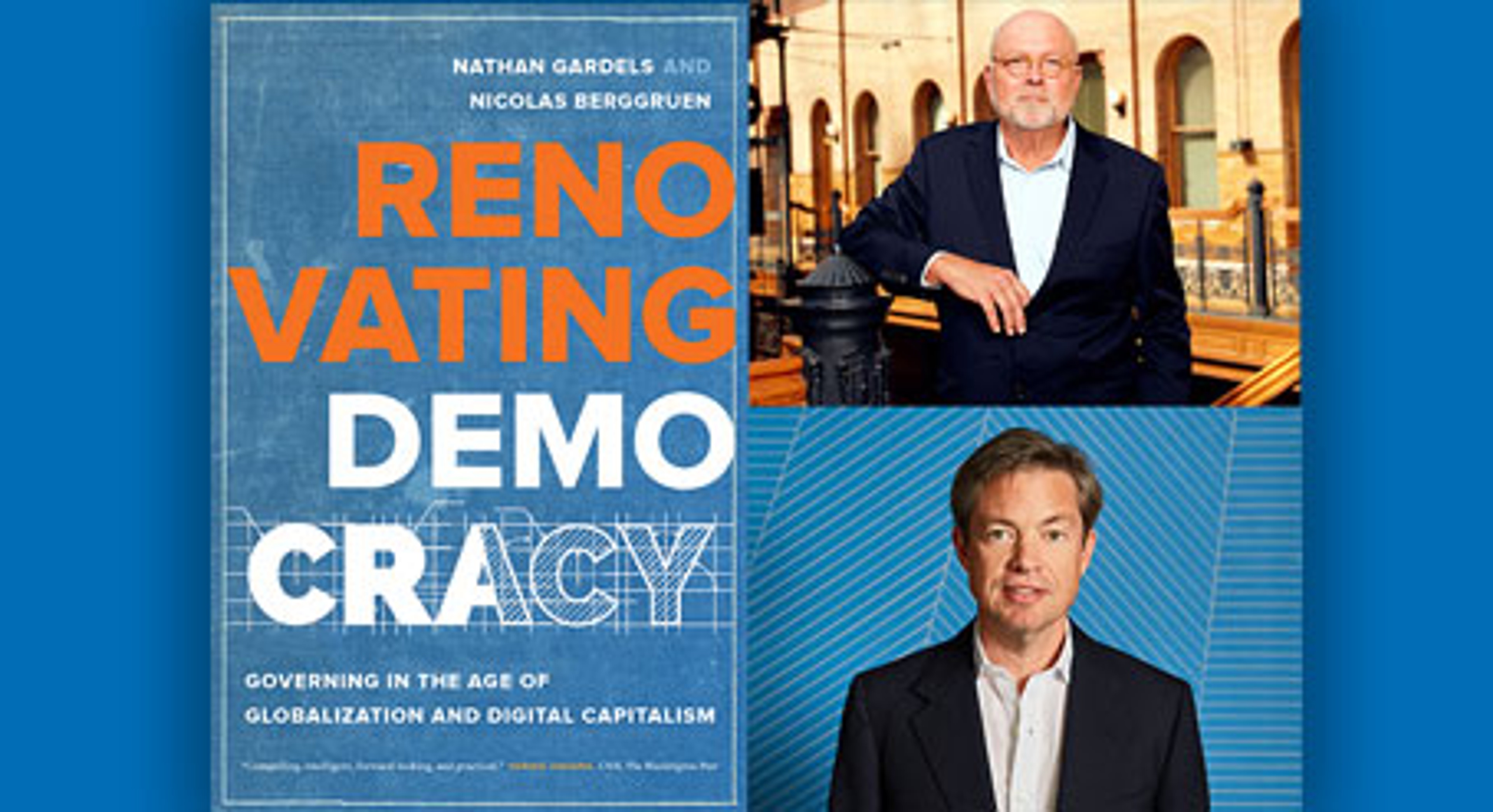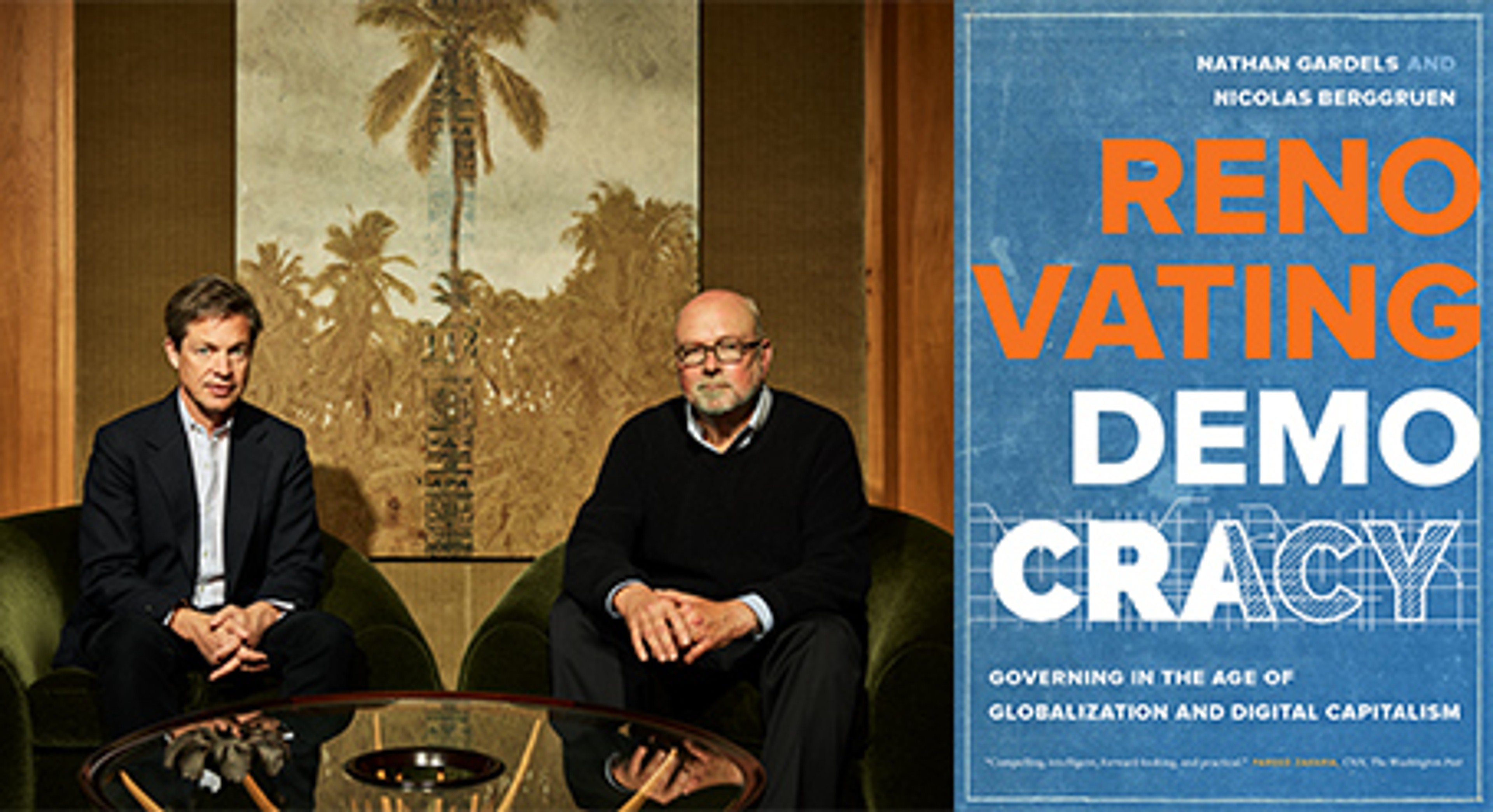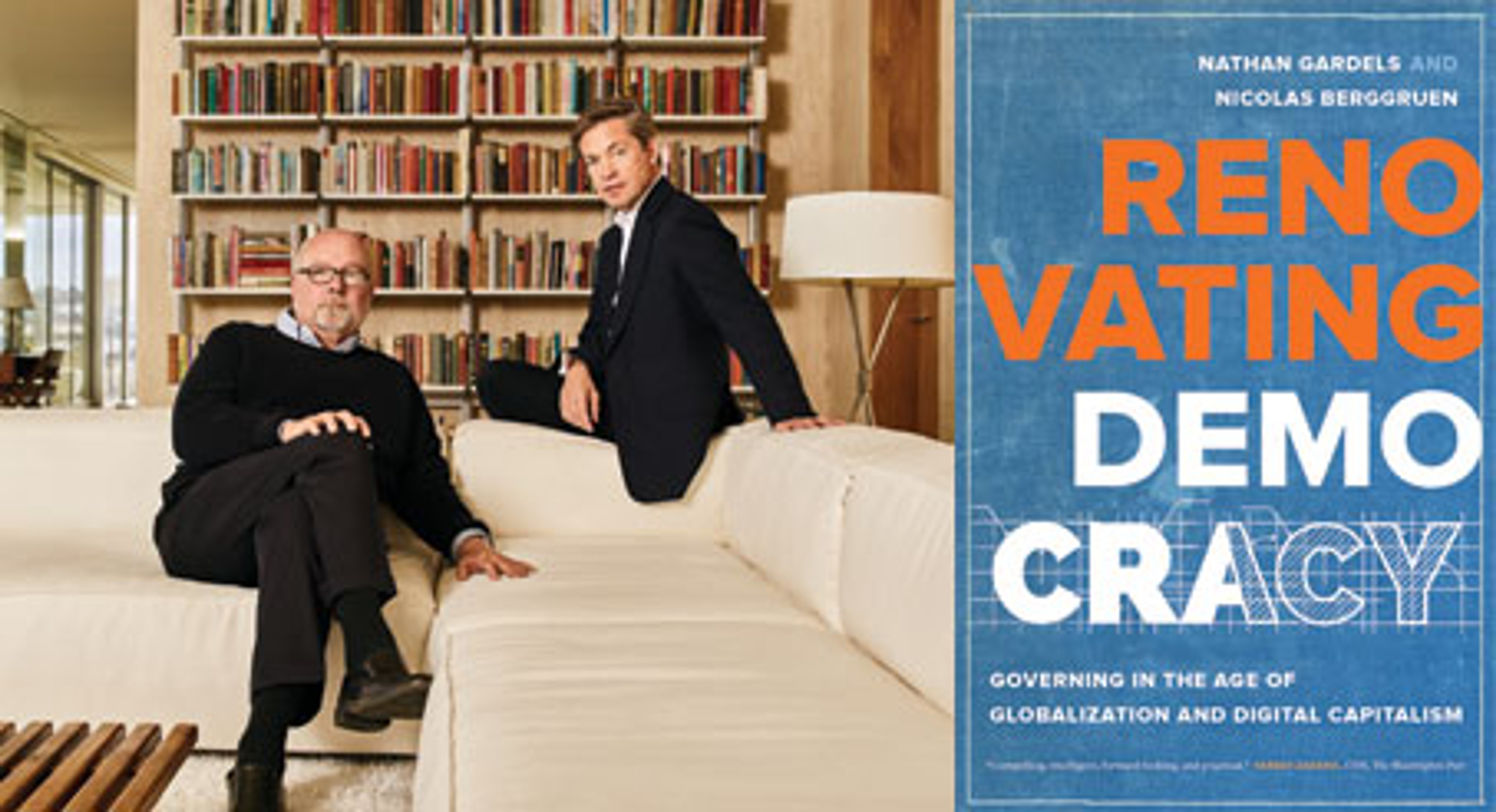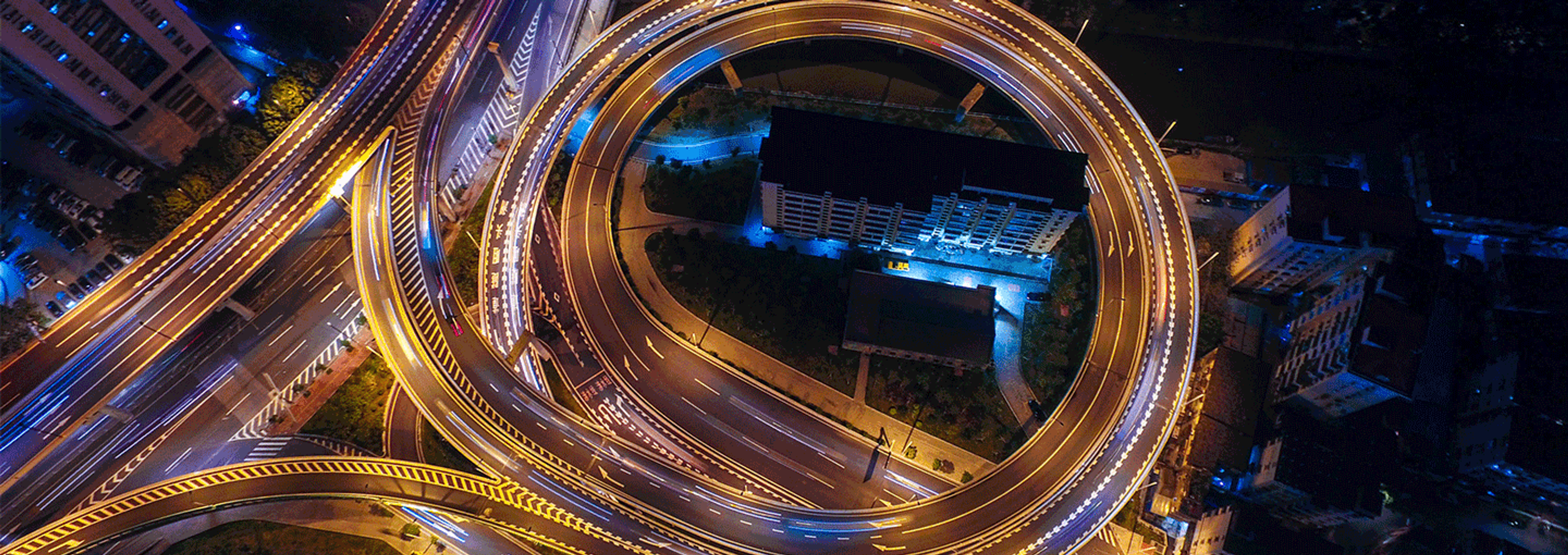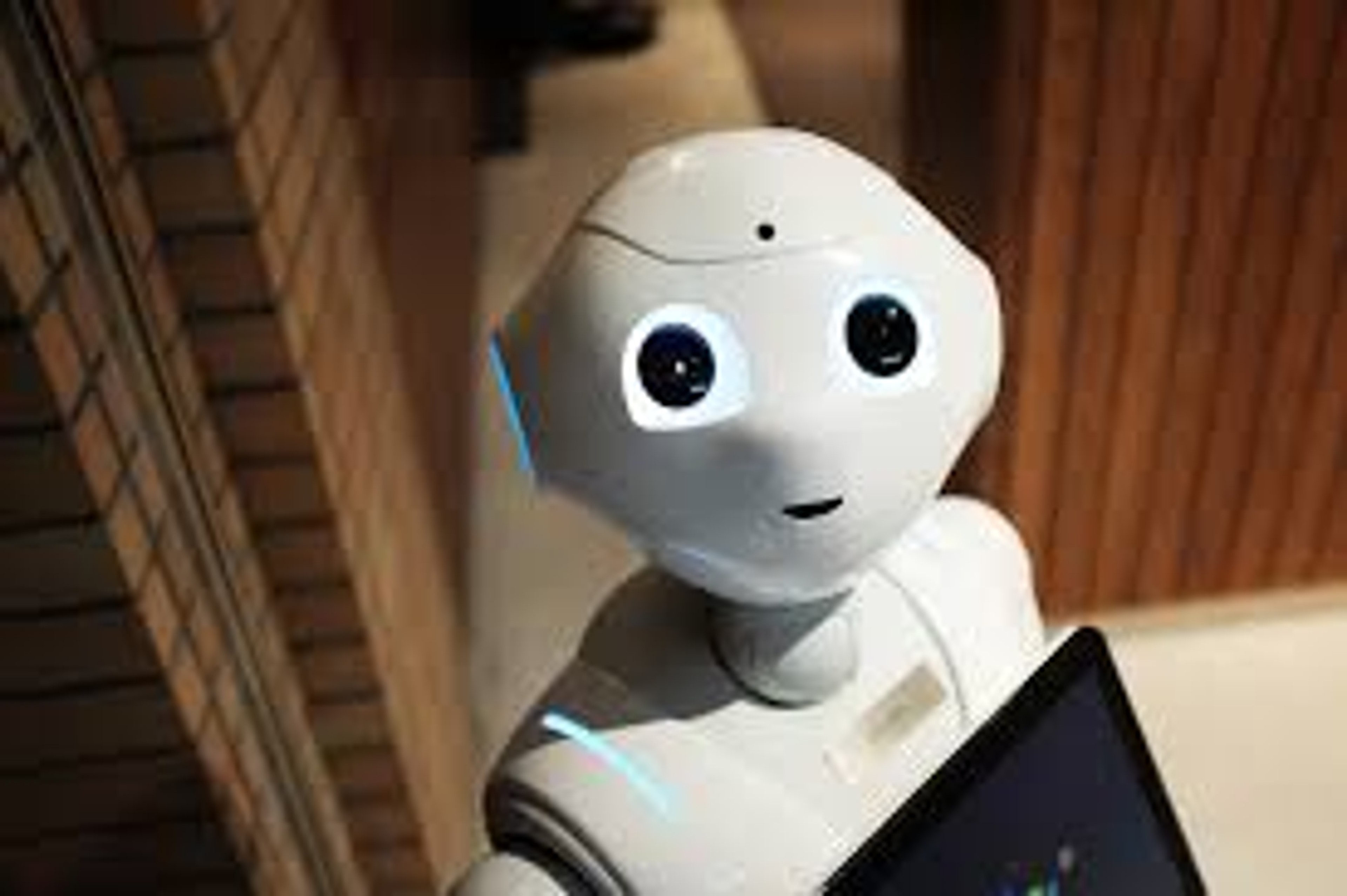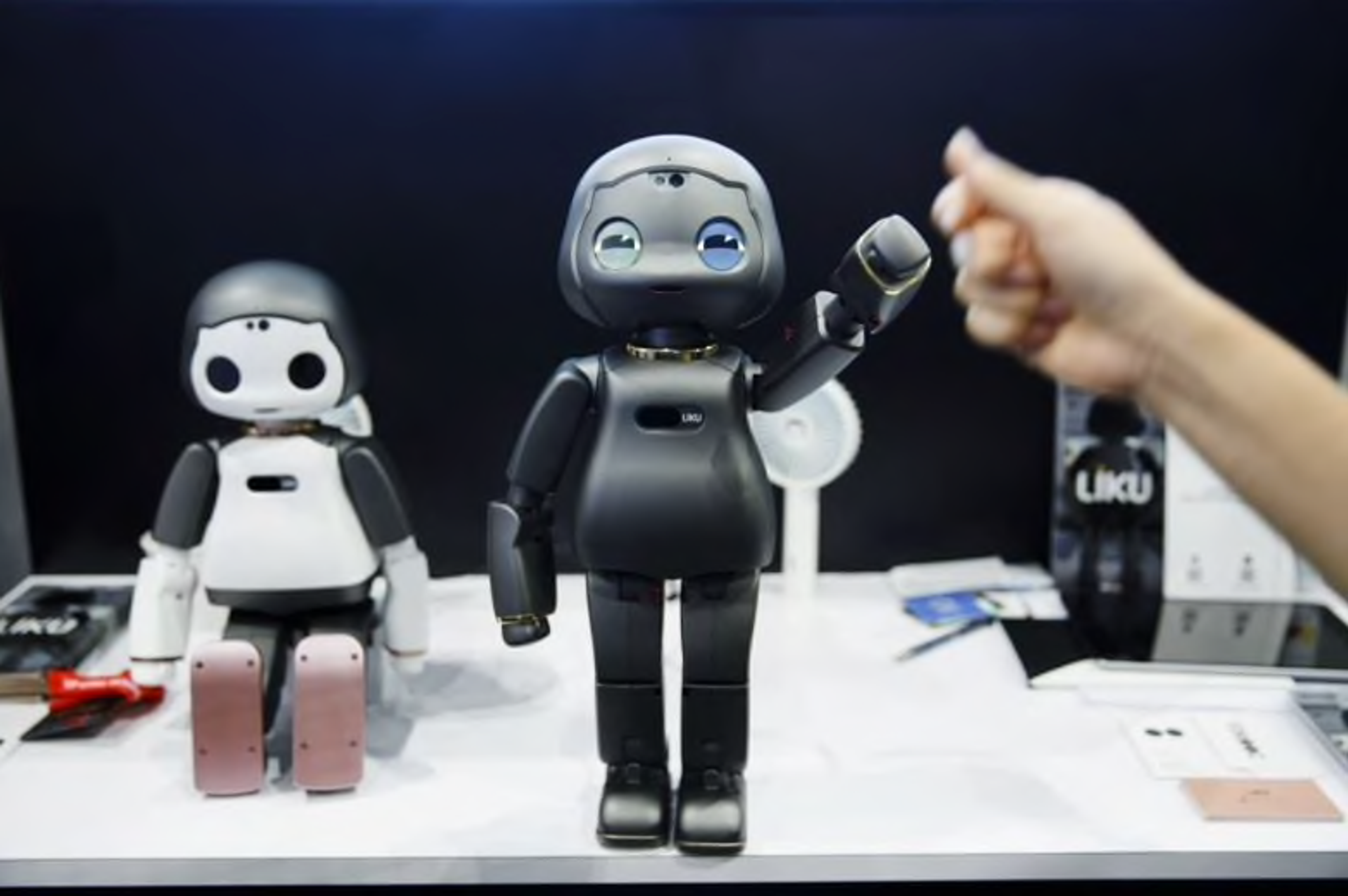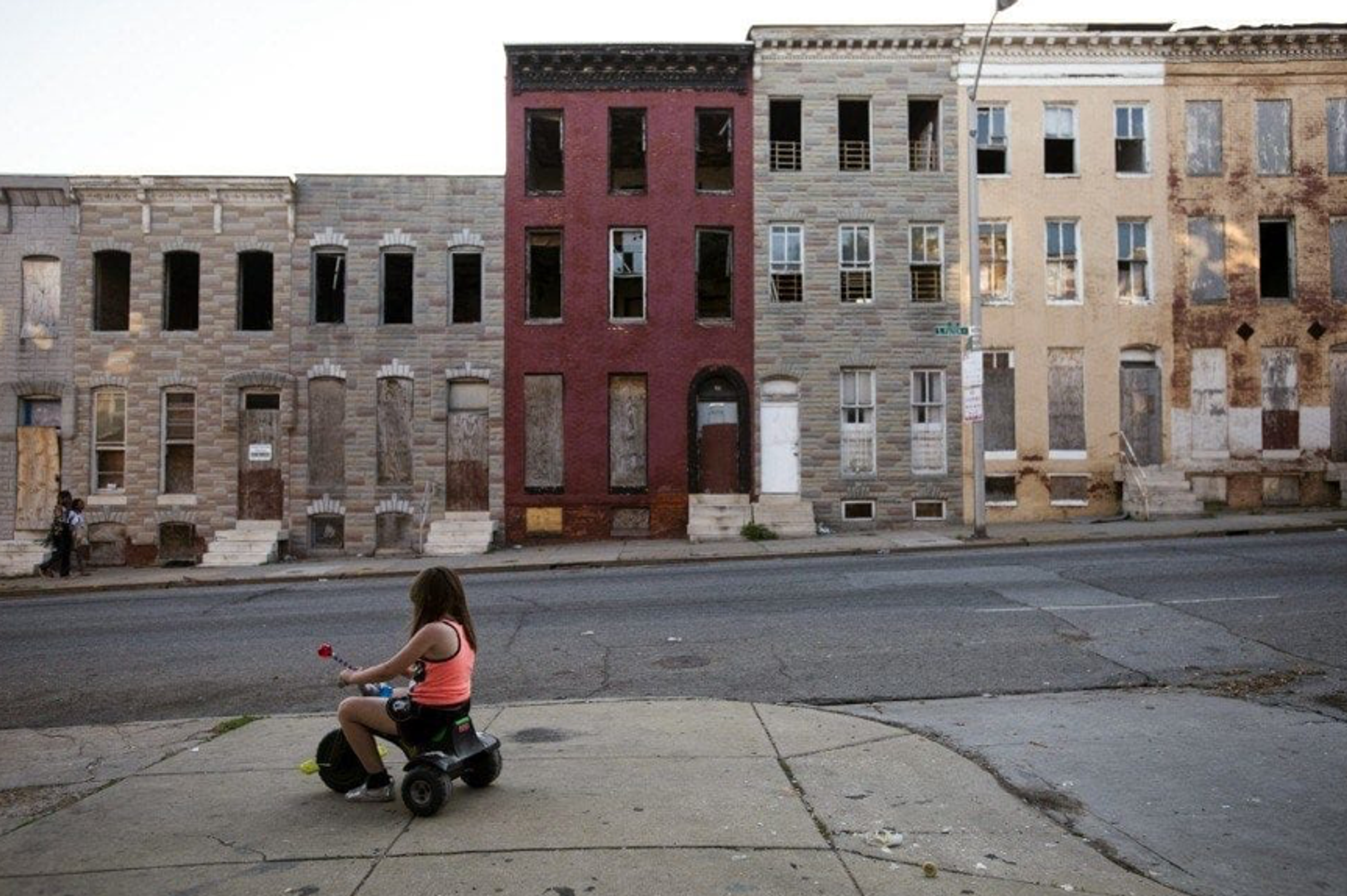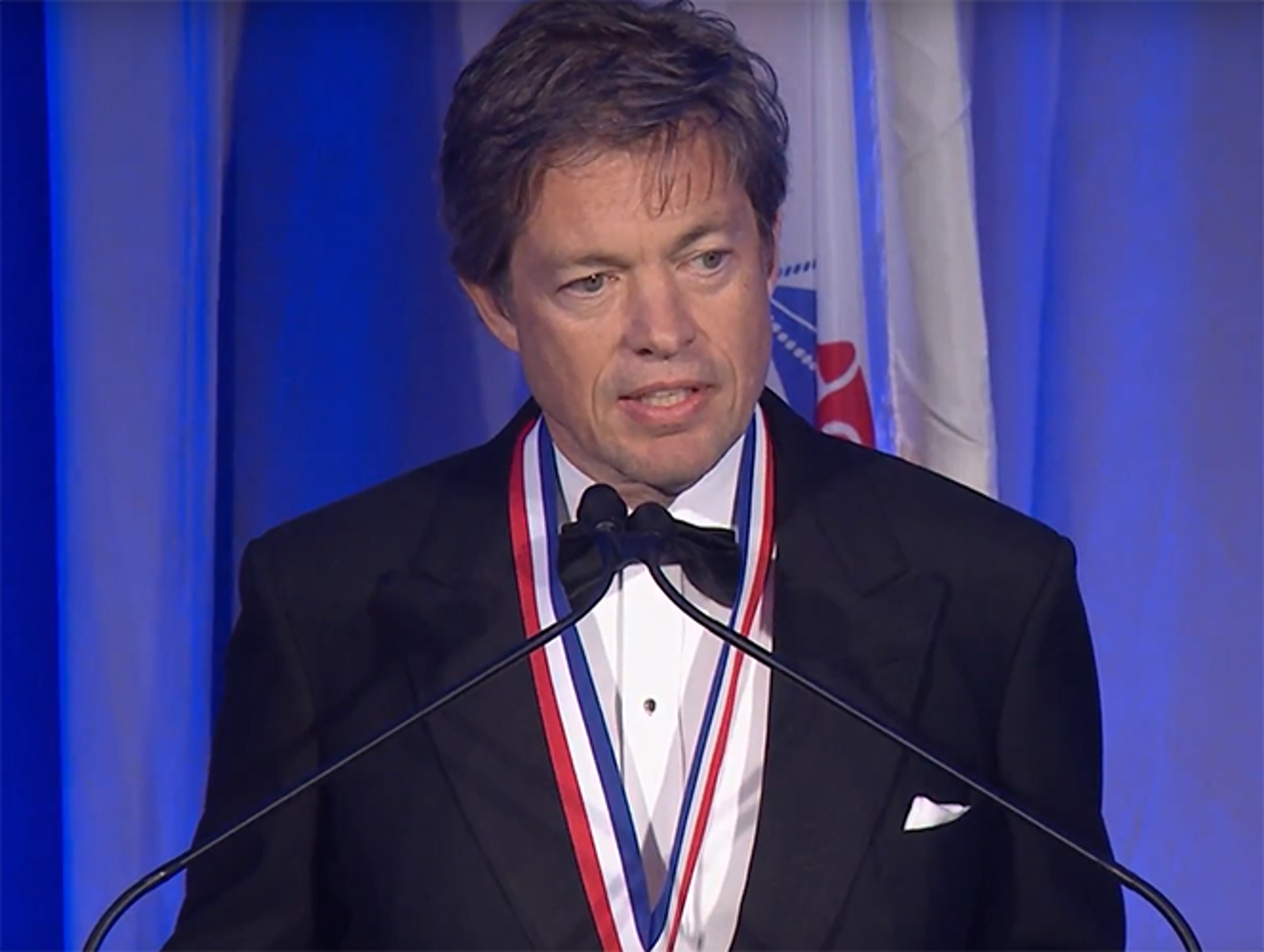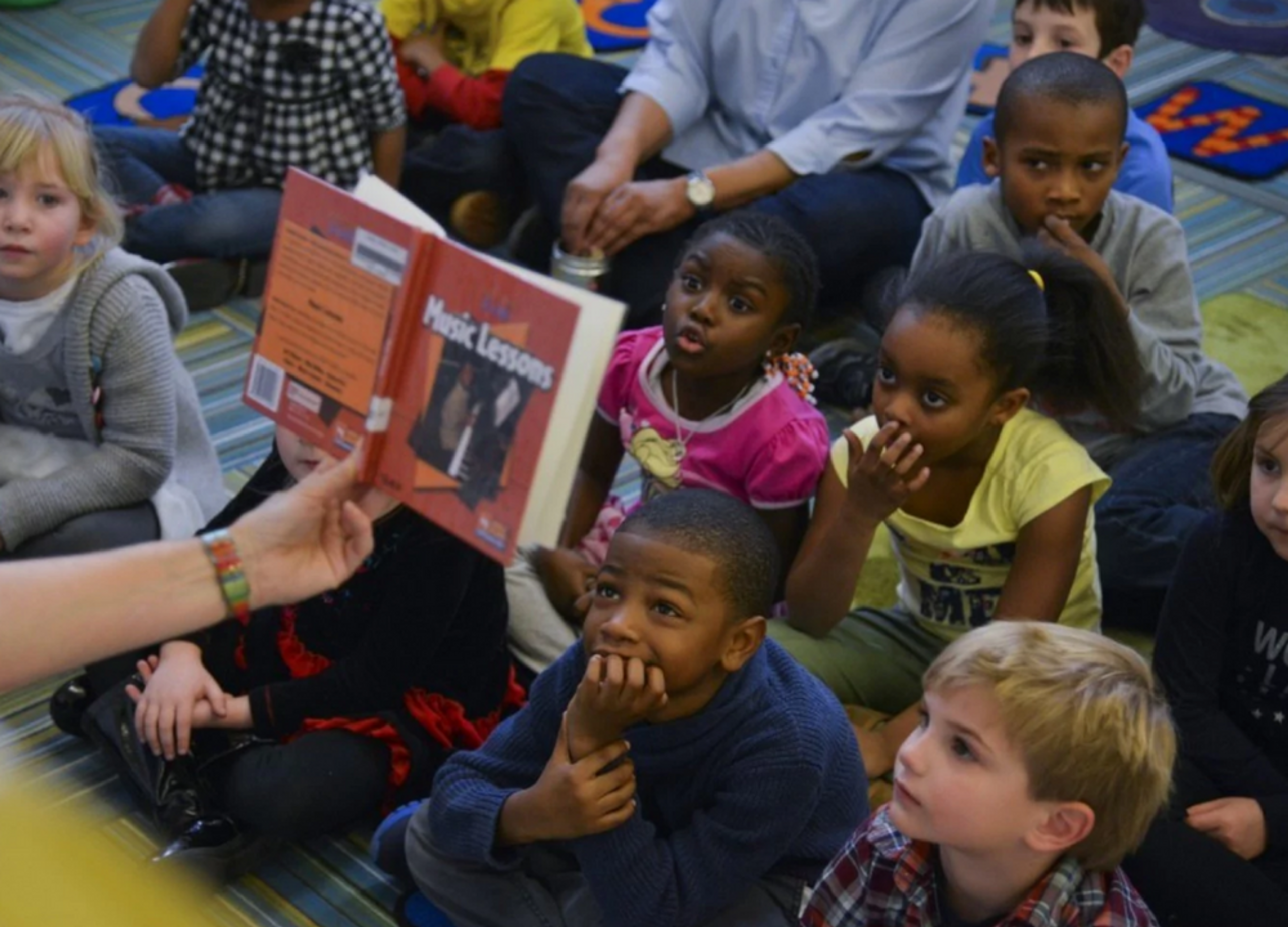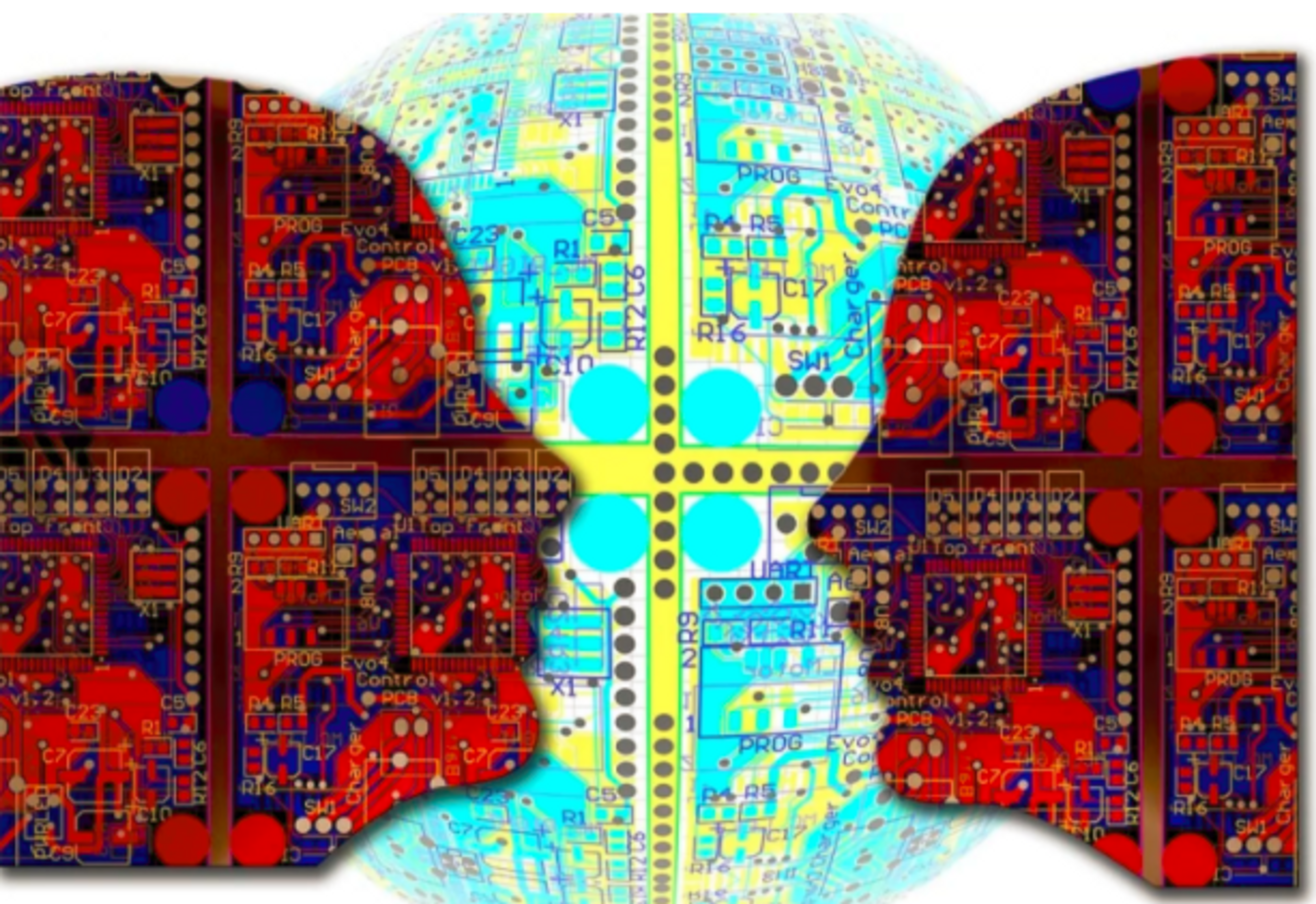Nicolas Berggruen
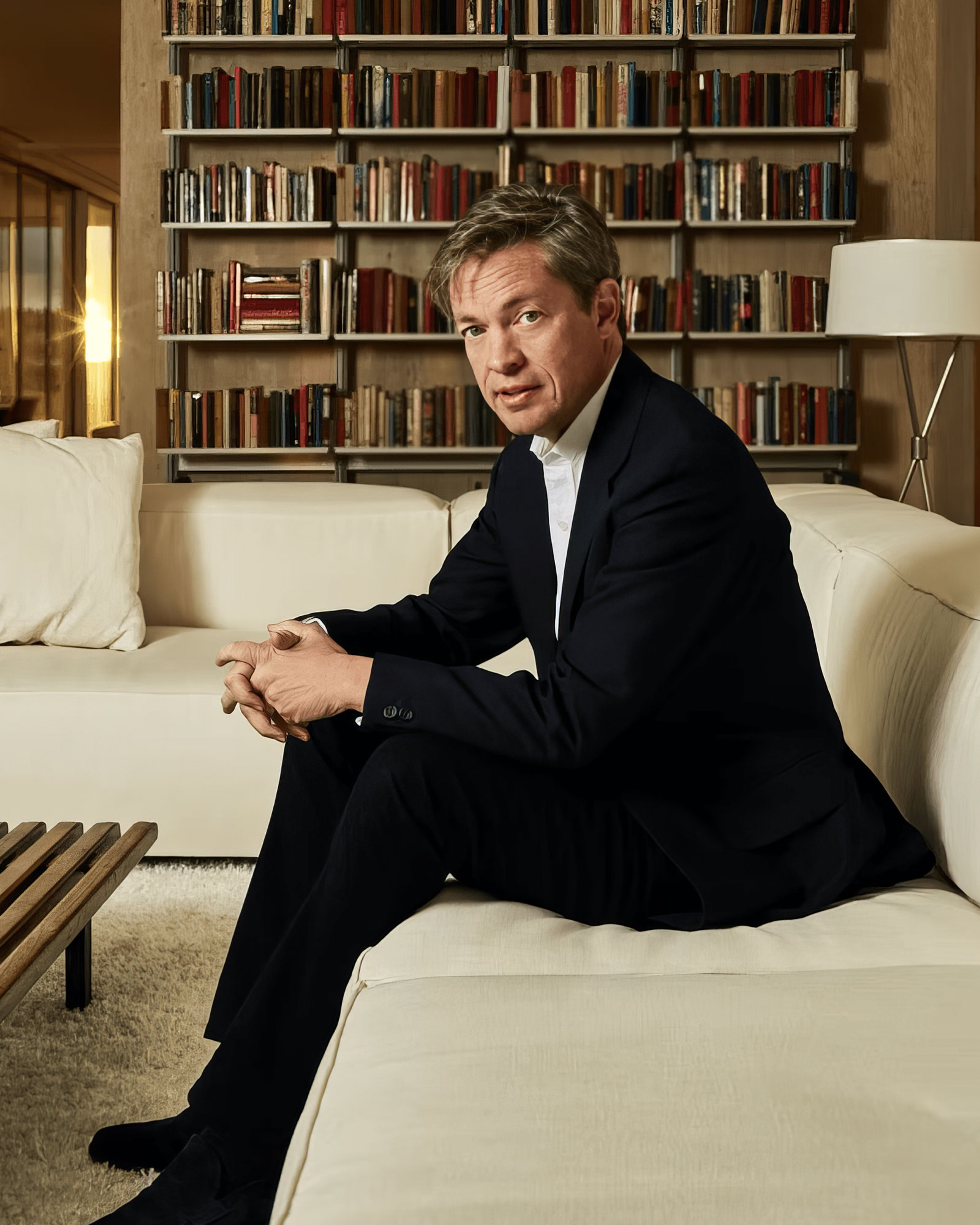
Nicolas Berggruen is the Founder and Chairman of the Berggruen Institute and has spearheaded its growth, establishing its presence in Los Angeles, Beijing, and Venice. Focusing on great transformations in the human condition brought on by factors such as climate change, the restructuring of global economics and politics, and advances in science and technology, the Institute seeks to connect and develop ideas in the human sciences to the pursuit of practical improvements in governance across cultures, disciplines, and political boundaries.
Committed to visual arts and architecture, Berggruen sits on the boards of the Museum Berggruen, Berlin, and the Los Angeles County Museum of Art. He is a member of the International Councils for Tate, London; the Museum of Modern Art, New York; Fondation Beyeler, Basel; and of the President’s International Council for The J. Paul Getty Trust, Los Angeles. Berggruen has also collaborated on projects with renowned architects including David Adjaye and Shigeru Ban.
Berggruen is co-author with Nathan Gardels of Renovating Democracy: Governing in the Age of Globalization and Digital Capitalism (University of California Press) and Intelligent Governance for the 21st Century, a Financial Times Book of the Year, and is co-publisher of Noema Magazine. Nicolas Berggruen is Chairman of Berggruen Holdings, the investment vehicle of the Nicolas Berggruen Charitable Trust.
